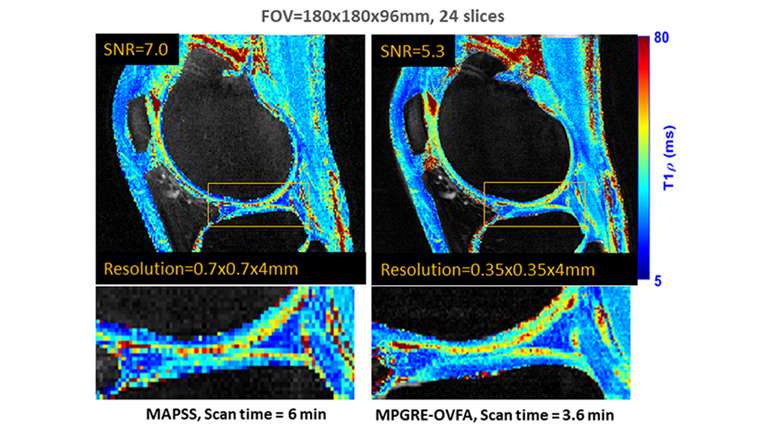Data-Driven Learning Framework for Fast Quantitative Knee Joint Mapping

Overview
In this project, we use advanced machine learning and deep learning to improve T2 and T1rho mapping for knee osteoarthritis (OA), with the aim of making these magnetic resonance imaging (MRI) techniques faster.
Knee OA is a common degenerative joint disease that causes breakdown of knee cartilage and leads to biochemical, structural, and morphological changes. Early detection of cartilage degeneration is crucial to both intervention and research and depends on the ability to identify changes before visible damage occurs. T2 and T1rho relaxation times are the most commonly used quantitative MRI approaches for this task. However, these scans take a long time, and to become useful in clinical practice they must be made shorter.
In this research project, we use machine learning to optimize all steps in the imaging process, from acquisition through reconstruction and parameter estimation.
Keywords
- Knee OA
- T1rho
- Fast Quantitative Mapping
Project Team

Ravinder R. Regatte, PhD
Project Lead

Marcelo V. Wust Zibetti, PhD
Project Lead
External Collaborators
- Gregory Chang, MD, MBA , NYU Langone Health
- Steven Abramson, MD, NYU Langone Health
- Jonathan Samuels, MD, NYU Langone Health
Publications
- Zibetti MVW, De Moura HL, Monga A, Keerthivasan MB, Regatte RR. Performance of MR learned pulse sequences for 3D bi-exponential, stretched-exponential, and mono-exponential T2 and T1ρ mapping of knee cartilage. Magn Reson Med. 2025;93(2):643-656. doi:10.1002/mrm.30303
- Zibetti, Marcelo V W; Knoll, Florian; Regatte, Ravinder R. Alternating Learning Approach for Variational Networks and Undersampling Pattern in Parallel MRI Applications. IEEE transactions on computational imaging. 2022:8:449-461. doi:10.1109/tci.2022.3176129
Acknowledgements
We acknowledge support from the following NIH grant: NIH-R01AR078308.




